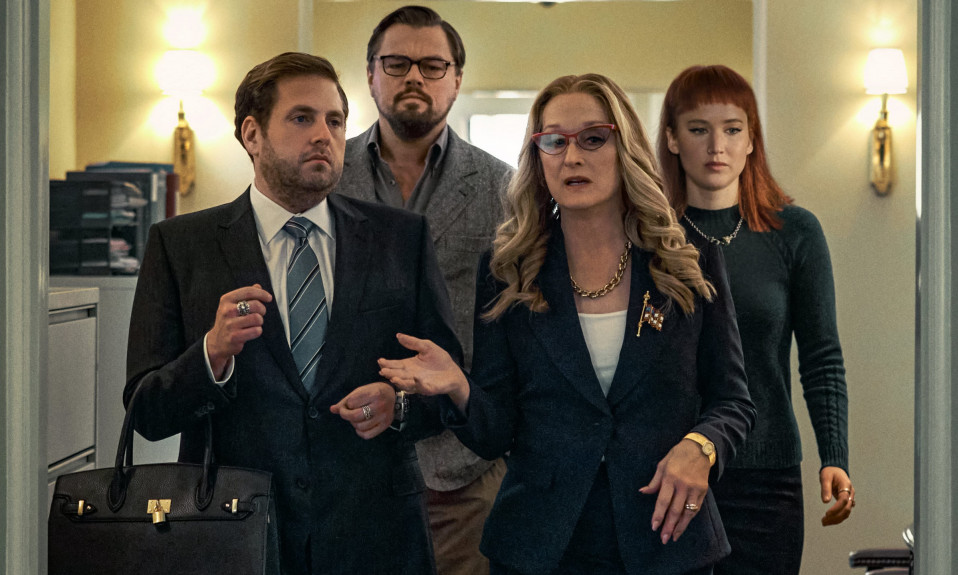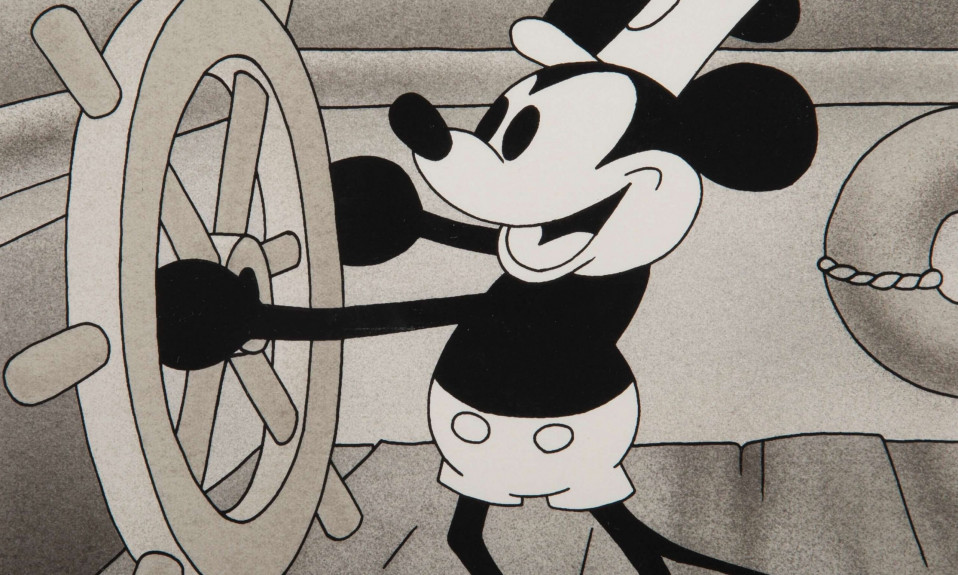Many claim the western is dead. But the past decade has seen many westerns released with varying success. 2021 alone saw the release of well-regarded westerns Power of the Dog, The Harder they Fall, and Old Henry. So why is the genre becoming popular again?
To answer this first we will briefly look at the genre’s history and what made it popular. We will then look at the modern western landscape and analyse the possible reasons for the genre’s resurgence.
The Old West
While popular in the silent era after 1939’s Stagecoach westerns became something more. The genre of heroic gunslingers, like John Wayne, and the lawless wilderness became a film fixture for decades. But westerns were also popular because their iconography is part of America’s identity. And early westerns presented America as a mythologized place of civilization, possibility, and freedom (mostly for white men). Which comforted audiences.
However, the genre’s ubiquity and ability to be made cheaply provided a great vehicle for critiquing American culture. For example, The Ox-Bow Incident used genre conventions to criticise capital punishment. Self-conscious genre critiques really took hold with the 1960s and 70s Revisionist and Spaghetti Westerns. Directors like Sergio Leone and Sam Peckinpah made the heroic cowboy figure more morally ambiguous. They subverted older stars’ images and created new anti-heroic stars like Clint Eastwood. And they spotlighted America’s ugly history of violence, mirroring American violence in Vietnam. The genre’s image of promoting “American values” during this tumultuous time coupled with competition from big-budget blockbusters led to decreasing appeal. With the genre mostly dying after Heaven’s Gate flopped.
When westerns sparsely re-emerged in the 90s and 2000s it retained star power. With stars like Clint Eastwood and Kevin Costner leading Unforgiven and Dances with Wolves. But elements of deconstruction became central. Whether critiquing the idolization of murderous figures (Unforgiven), the genocide of Native American peoples (Dances with Wolves), or showing the futility of western heroics in a post 9/11 world (No Country for Old Men). Modern westerns (both contemporary and period pieces) no longer projected the US’s mythic image. They explored modern issues and were atoning for the past.
The New Frontier
Modern westerns still attract big stars e.g. Leonardo DiCaprio and Denzel Washington. And those stars’ films rank among the genre’s highest grossers (Django Unchained and Magnificent Seven (2016)). That said other star vehicles have failed spectacularly (The Lone Ranger (2013)). So if returns are unpredictable and star power does not guarantee success why make a western? The answer seemingly lies in their ability to comment on America through its own iconography.
For example, Power of the Dog reframes the western as a place of toxic masculinity and misogyny. Something which reflects the concerns of many in the age of the #MeToo movement. Neo-western The Rider uses the cowboy image to focus on the loss of opportunity in America, which no doubt hits home after events like the housing crash. And The Harder They Fall sought to reclaim the stories of old west figures of colour. A much-needed move after the push for more stories from people of colour that came during the BLM movement.
But along with providing commentary, westerns now give space for diverse new voices. Cheaper productions have allowed a number of independent creatives to have a voice. Where once primarily focused on the white male view (though Spaghetti westerns gave international viewpoints) women are now giving their perspective on genre stories (Meek’s Cutoff, The Rider and Crossing the Line). International talent also continues to be involved (Power of The Dog). Additionally, big westerns are now led by more diverse casts (The Magnificent Seven (2016), The Hateful Eight). And creators of colour are realising their western visions on big scales (The Harder They Fall). Westerns are now a genre showcasing a diverse perspective on America and helping people to reclaim their stories.
A Fistful of Westerns
The western is not what it was, but it is now populated by more diverse voices showing new perspectives on the American experience. The previously exclusionary genre now provides space for evaluation, reflection, and progress which is not bound by budget or financial success. It’s finally a space where all can be seen.
Also Read: Review: The Harder They Fall













2 Comments
Comments are closed.